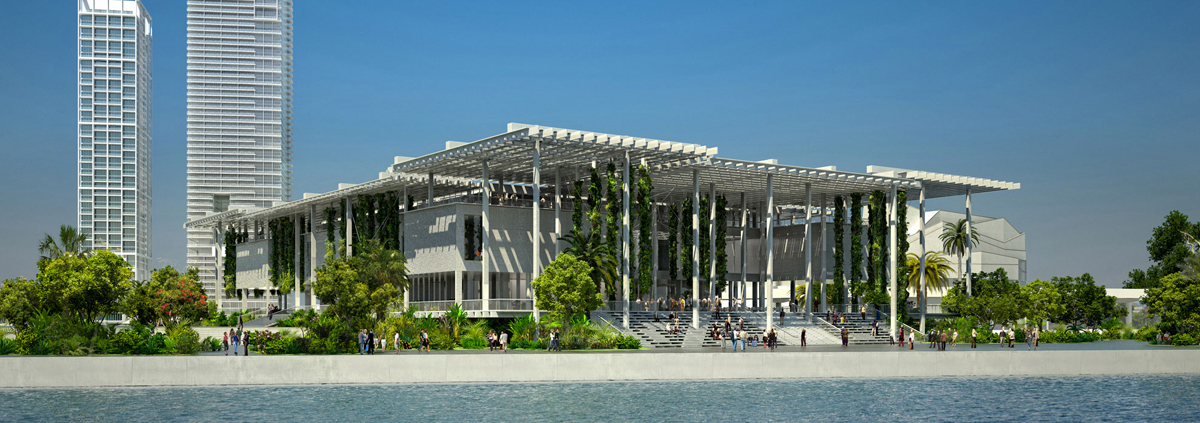Advancing Sustainable Construction with Low-Carbon Concrete in US
Buildings are responsible for approximately 42 percent of CO2 emissions, 15 percent of which is attributed to the embodied carbon of materials. With the world expected to add about 241 billion m2 (2.6 trillion sf) of building floorspace by 2060—equivalent space of New York City added every month for 40 years—the time for the industry to act is now. This means embracing building products with the lowest embodied carbon possible without compromising performance.
Millions of properties across the U.S. are vulnerable to flooding, hurricanes, tornadoes, and wildfires, prompting insurers to actively educate policyholders on strengthening their buildings. Enhancing resilience through advancements in concreting is highly important for building owners, government officials, insurers, and professionals in design and construction alike.
Stronger and safer buildings
With a need for resilience against hurricane force winds, the Pérez Art Museum in Miami relied on ultra-high-performance concrete (UHPC) precast mullions to blend with the structure’s cast-in-place concrete elements. Photo courtesy Herzog & de Meuron
Concrete is the world’s most widely used construction material due to its significant performance, sustainability, and cost advantages. Concrete can also be produced from recycled products, mitigating carbon induced harms to the Environment. These attributes come in addition to the material’s unequalled durability, high thermal mass to improve energy efficiency, and other characteristics allowing for its successful adaptation to the realities of climate change.
High-performance concrete buildings excel in withstanding extreme winds, debris from hurricanes, tropical storms, and tornadoes, as well as wind-driven rain, hail, flood damage, decay, and mould. Despite its crucial role in building resilience, concrete's significant carbon footprint, primarily from ordinary Portland cement (OPC), which accounts for 90 to 95 percent of its carbon intensity, highlights the urgent need to decrease OPC usage to mitigate carbon impacts on global warming.

Supplementary cementing materials and blends
Innovative carbon reducing solutions are actively being explored. One promising approach is the substitution of Type I/II Ordinary Portland Cement (OPC) with Type IL Portland Limestone Cement (PLC), which contains higher limestone content. Type IL cement, widely accepted in industry standards and building codes, directly reduces carbon emissions in all types of concrete. For instance, a manufacturer's PLC product can cut CO2 emissions by five to 10 percent per ton of cement. Extensive laboratory and field testing confirms that PLC delivers performance equivalent to OPC.
In addition to Type IL PLC, other blended cements and supplementary cementing materials (SCMs) can be used to replace OPC and reduce the GWP of concrete while enhancing performance. The most commonly used SCMs—fly ash, slag cement, and silica fume—provide economy, improved workability, long-term strength and durability, and increased sustainability. The beneficial reuse of these materials in concrete contributes to world-class environmental certifications, such as LEED, Building Research Establishment Environmental Assessment Method (BREEAM), Green Globes, and Living Building Challenge.
Additional alternative cementitious options include ground glass pozzolan made from glass waste streams and natural pozzolans sourced from natural mineral and volcanic deposits. The most common natural pozzolans used in concrete are calcined clay, calcined shale, and metakaolin. Other less widely used types include pumice, obsidian, and zeolites. A wealth of these different natural pozzolans is continually being evaluated within the industry to determine if they are readily available, cost effective, and meet targeted performance parameters.
Advancements in low-carbon concrete
The focus on sustainable construction and the need to reduce the carbon footprint of the built environment has led to the formulation of low-carbon concrete mixes that are custom designed with an innovative blend of SCMs and admixture technologies to provide high-performance properties with up to a minimum of 30 percent lower CO2 emissions than the U.S. industry average. These sustainable mixes can also be produced with construction demolition waste and other recycled aggregates to further enhance circular economy benefits.
Low-carbon concrete projects
Detailed information about high-performance sustainable concrete with innovative low-carbon mix solutions and its applications in various projects across Dallas, Denver, New Orleans, Miami, and Minneapolis can be found by clicking this link. It covers how these regions are utilising advanced concrete technologies to enhance resilience against natural disasters like hurricanes and tornadoes, achieve sustainable building certifications such as LEED, and address climate challenges through innovative concrete mixes and construction practices.
To read more follow the link below:
https://www.constructionspecifier.com/building-resilience-and-decarbonization-concrete-solutions/
